
Find out all about Sew on Patches
Patches are of different kinds based on the backing that comes with each of them. Some patches can stick to the material while other patches are attached to the material with the help of pins or needle threads. Patches with no backing are usually the ones that need to be sewn on the cloth or material because these patches have no neat back of their own. The threads are open in the back where knots are made. This is why it is necessary to sew them in the material rather than use any other form of method to stick them to the material. It is because patches with no backing are usually hand embroidered ones; hence the threads in the back are not as neat as they are in the front. To conceal these open threads from the viewer these patches are sewn into the material using various kinds of stitch pattern like Satin stitches or split stitch etc. These kinds of stitches make the attachment look pretty and they complement the overall look of the design as well.
Is Sewing on Patches durable?
Sew on patches are available in different designs and in various forms and some are even custom made. These patches are delicate but they are durable because the threads and materials used in their making are strong enough to hold the design no matter the amount of time it spends in a washer. The delicacy of the patch, however, depends on the material it is being sewed on. If the thread you use is not thick enough or if the stitches are not strong enough then there is a high chance of these stitches to not hold up. So it is advised to use strong thread and a stitch pattern that won't snap easily or won't loosen up with time.
Kinds of Stitches used in Sew on Patches:
There four basic form of stitches that every embroiderer uses when they are learning the intricate process of working with threads and needles. Satin stitch, backstitch, split stitch and French knot are the four main and very basic forms of stitches. When you are planning on stitching a piece of patch on a material then you need to do it with style. Use these above-mentioned form of stitches to attached the patch so that it can appear as a part of the cloth or fabric and not something that is quite separate from the fabric. These stitches are not complex and they can make your patch appear simple but elegant too if you do the work right.
Precautionary measures that you should take when dealing with Sewing on Patches:
Sew on patches are although convenient to handle, getting the sewing to look perfect, there are some things that you need to ensure and some of them are listed below:
- Always use high-quality thread because it is more durable and will look good along with your patch too.
- Use pins to hold down the patch in the place while sewing it. This ensures that your patch is perfectly placed and your hard work was not wasted. Take special care about the orientation and position it well otherwise the overall effect of the embroidery will be ruined.
- Use sewing techniques that you are familiar with. If you are doing patchwork, practice the stitches on another piece of material before applying the needle to the original fabric. This makes your work neater and will allow you the flexibility to work in your own comfort zone.
Machines used for Sewing Patches:
There are various machines used for the purpose of sewing patches onto clothes and other material. This process is slightly easy as compared to doing all the stitches by your hand and maintain the same level of neatness and depth in the stitch. This process is slightly simple when conducted with machines because then you won’t have to do all the hard stuff by hand. These machines can do any kind of stitches you want on any kind of patch in different material, shape and size. But again the stability of hand is required in this process too because if you don’t have it then it becomes very hard to do your work neatly.


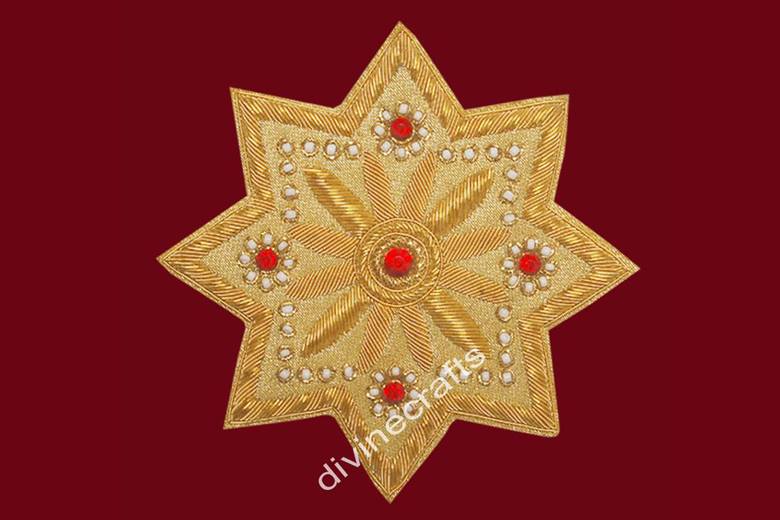
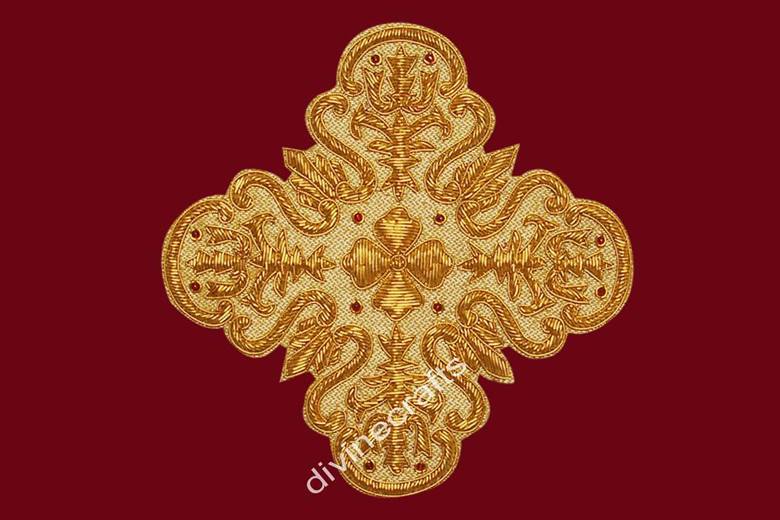
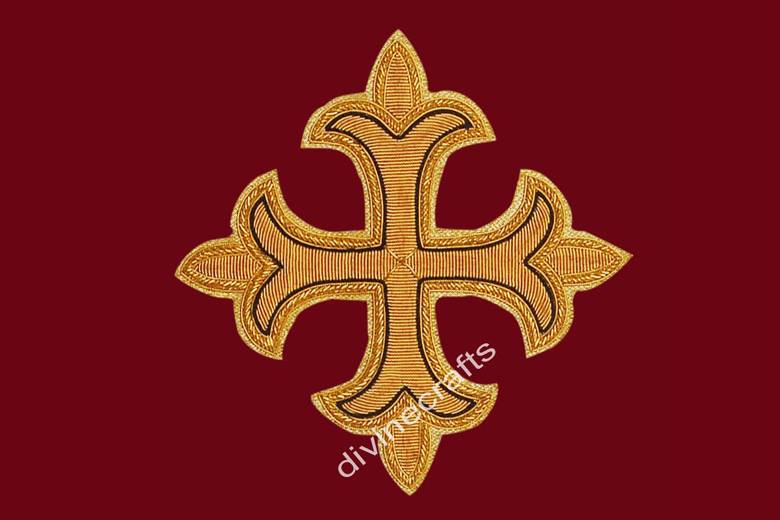
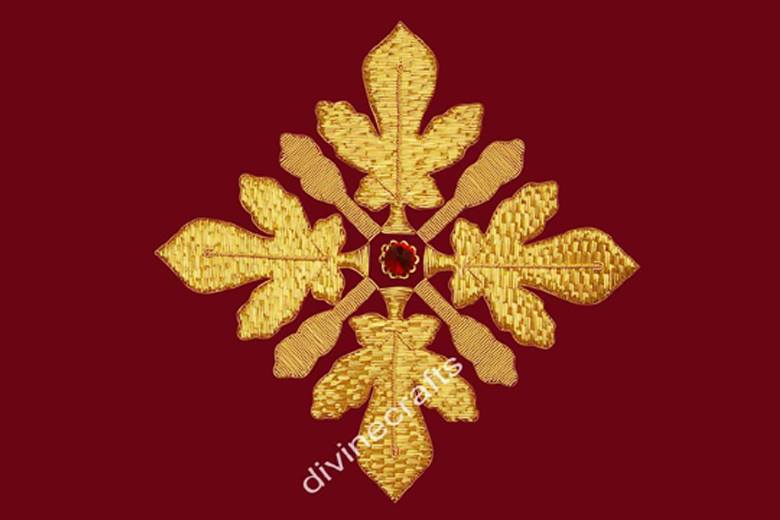
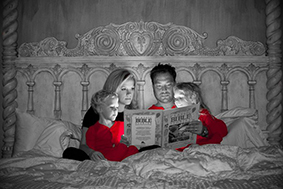
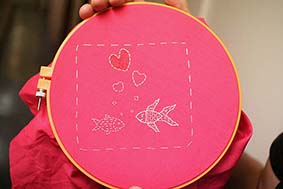
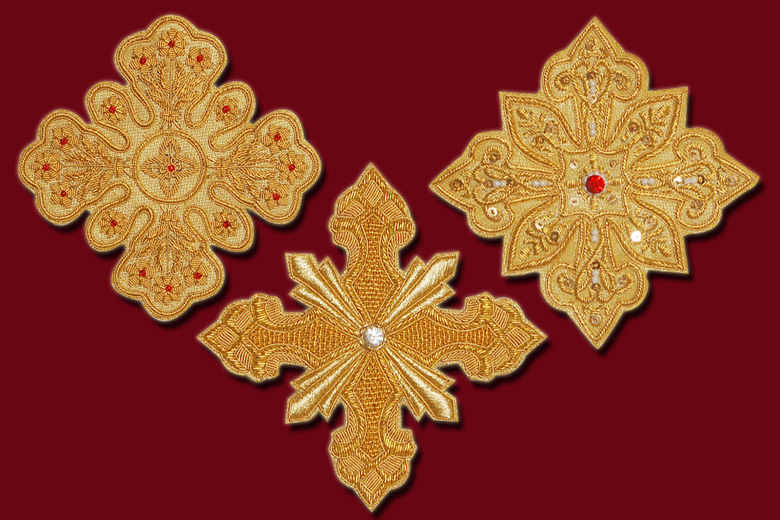
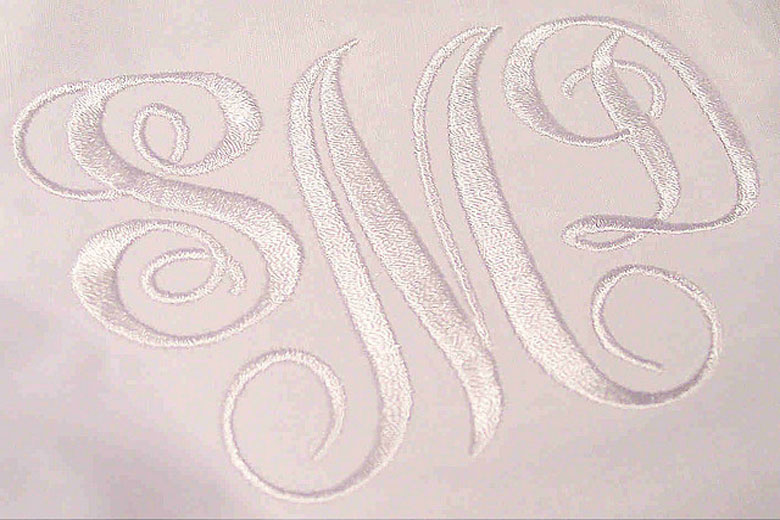


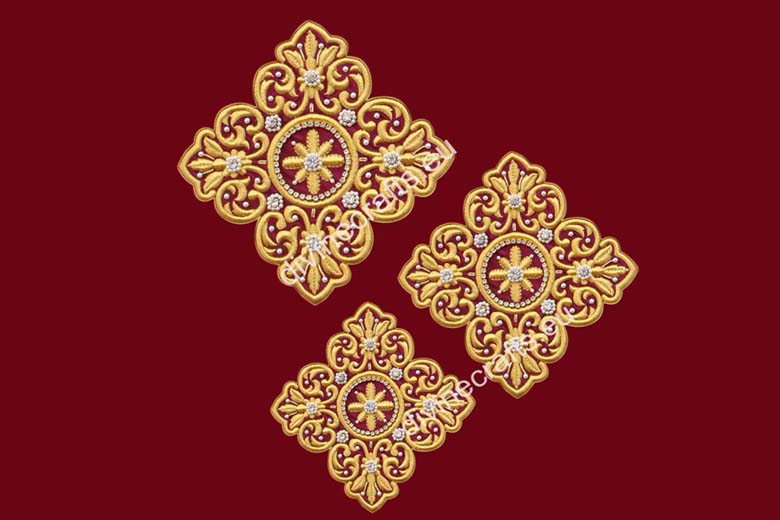

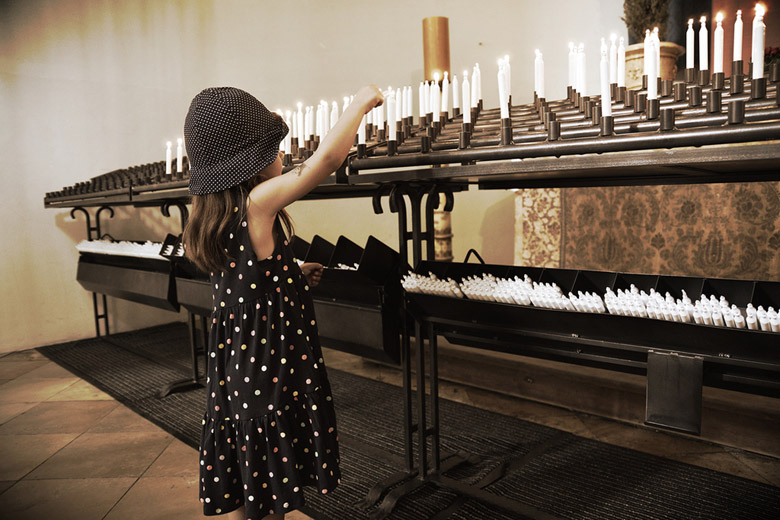






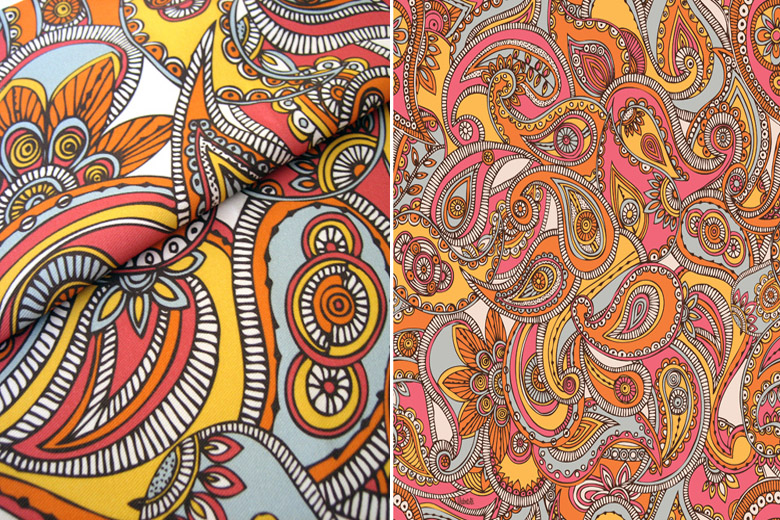

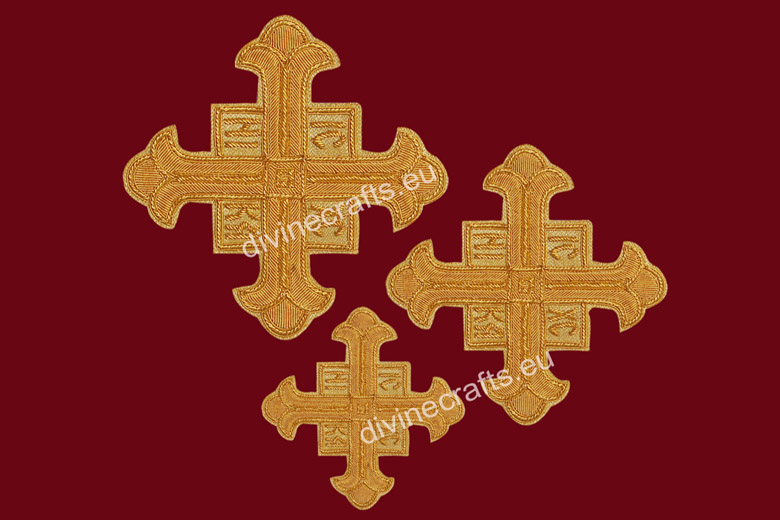
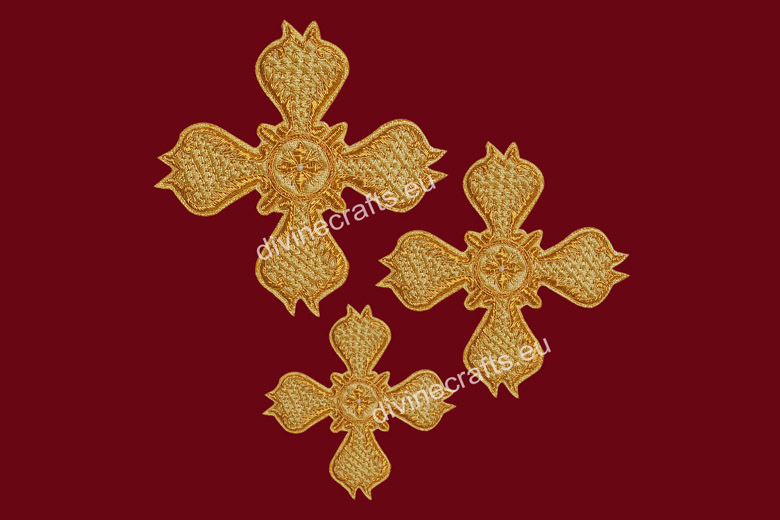

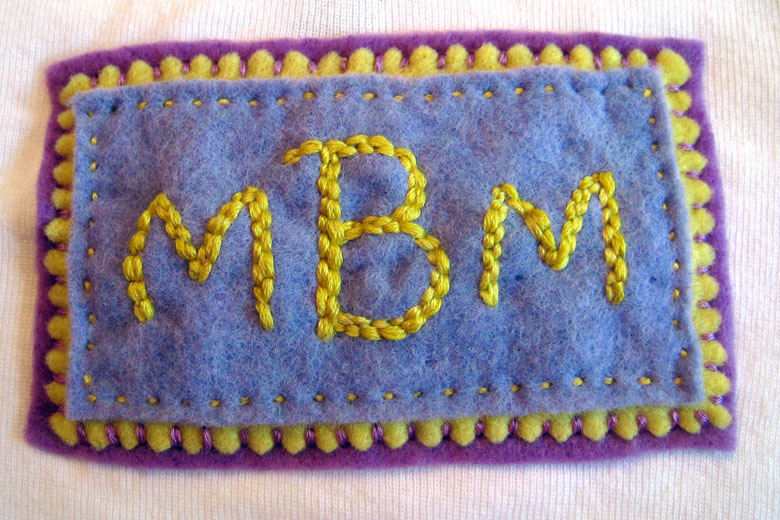

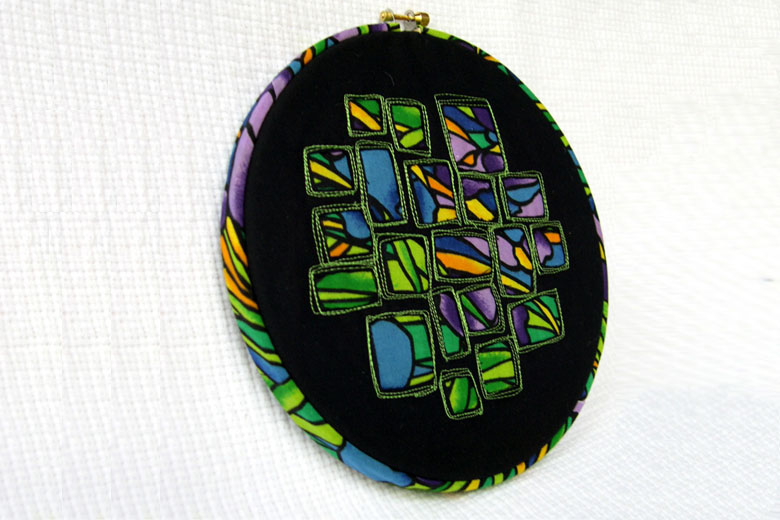
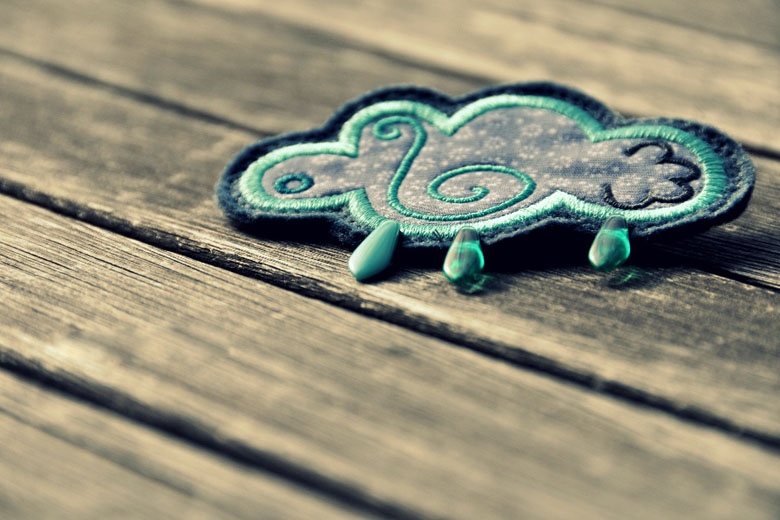
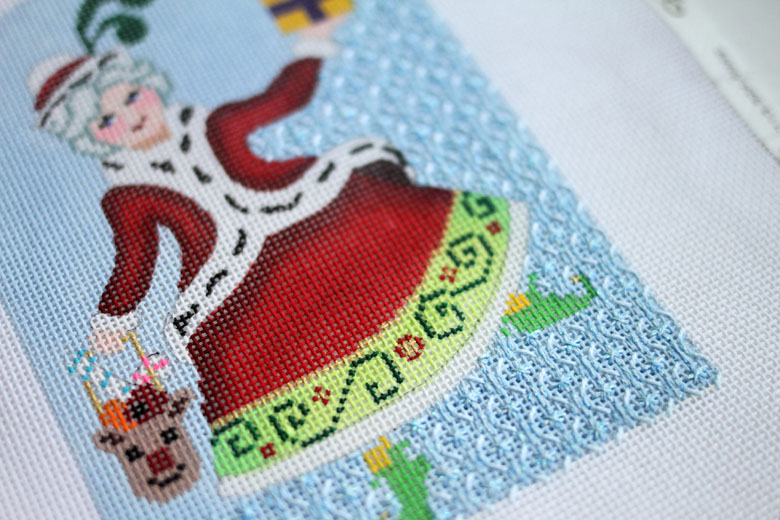
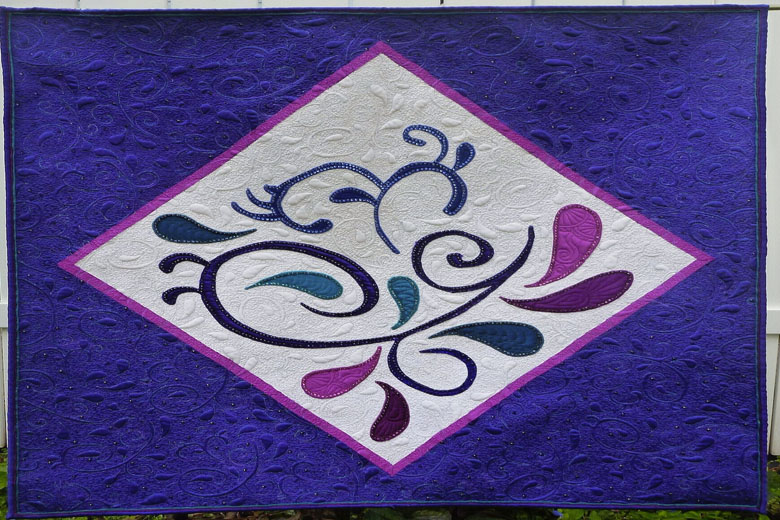
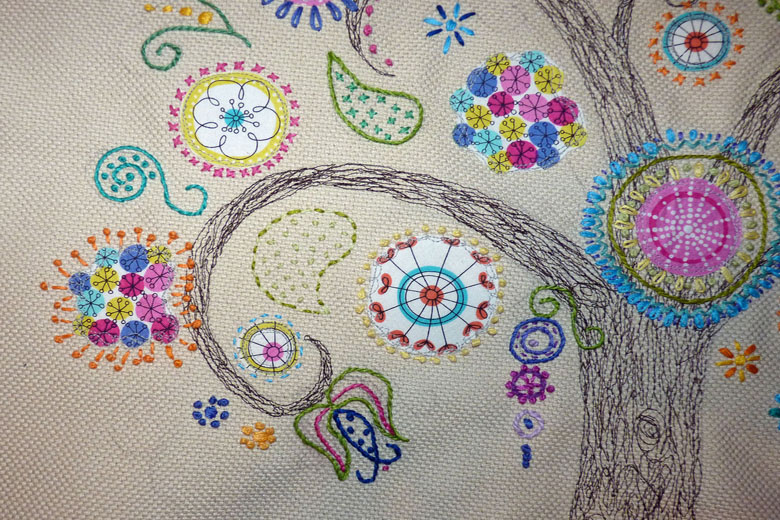
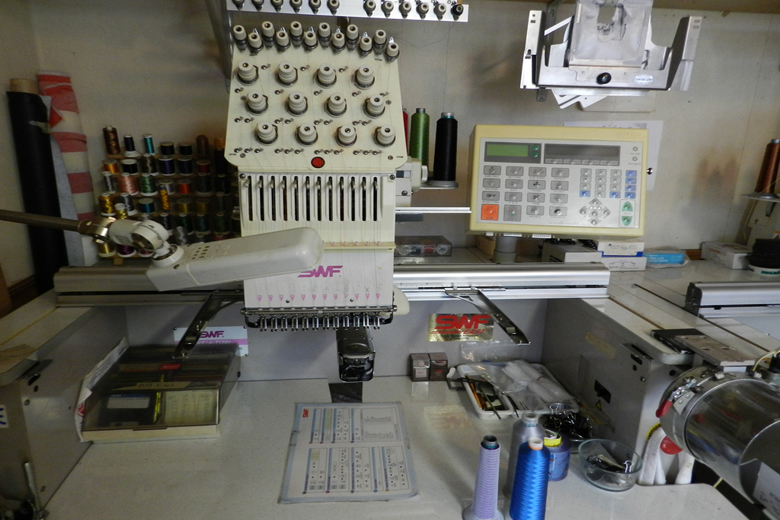
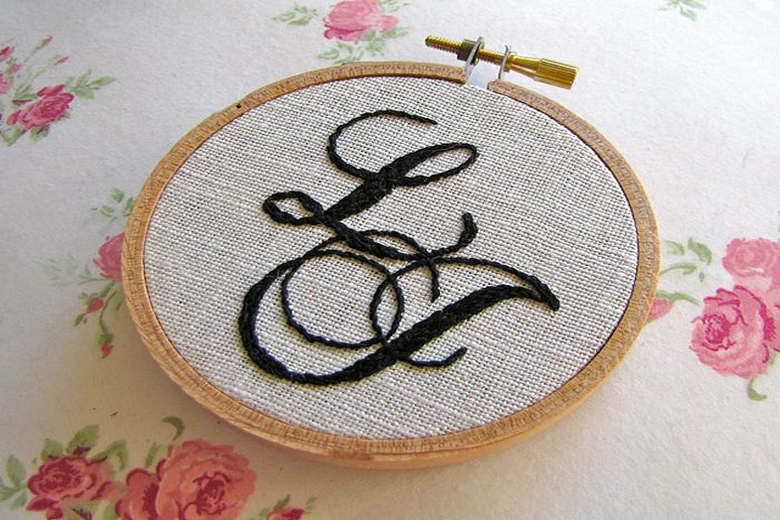
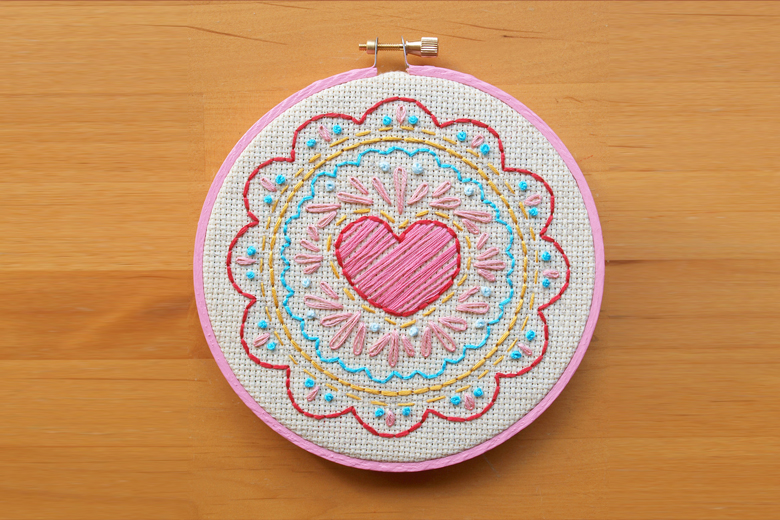


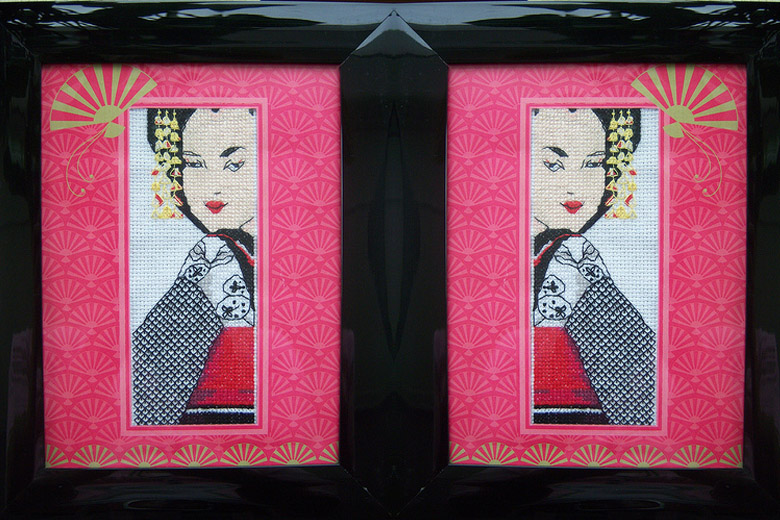
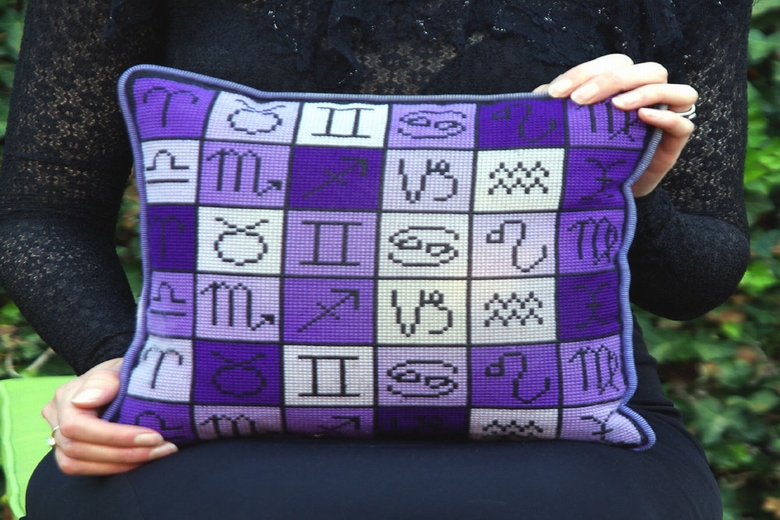
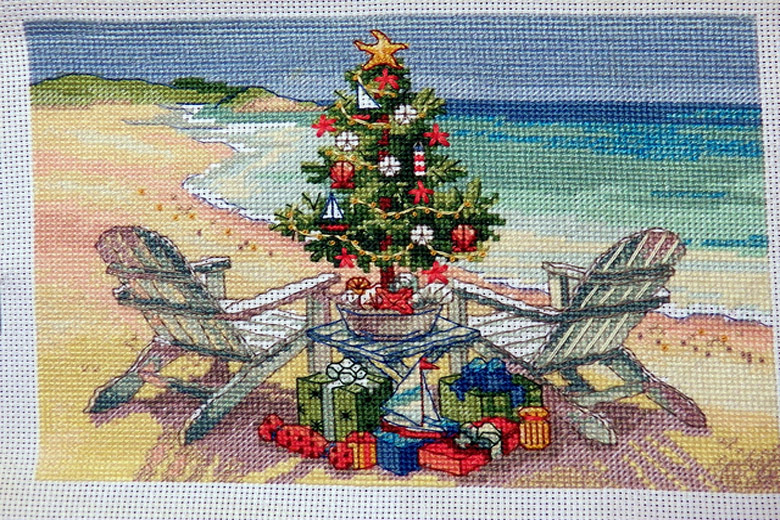
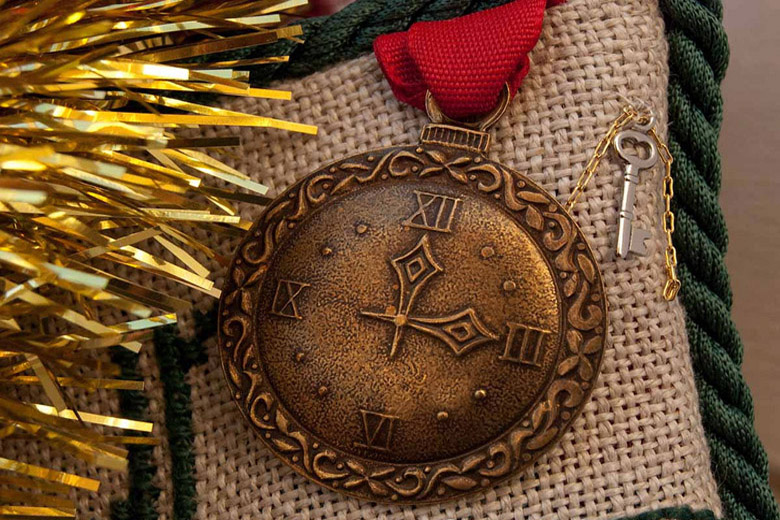


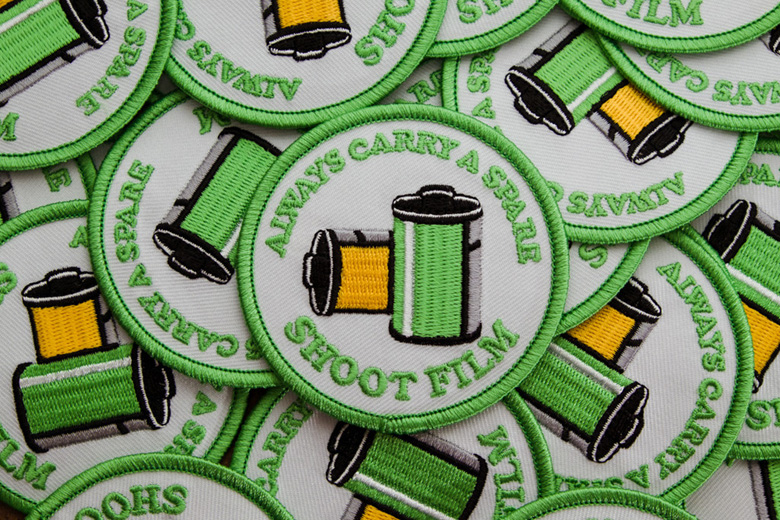
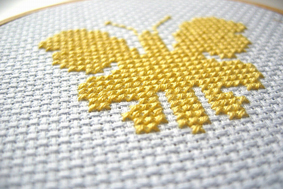
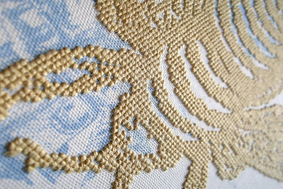
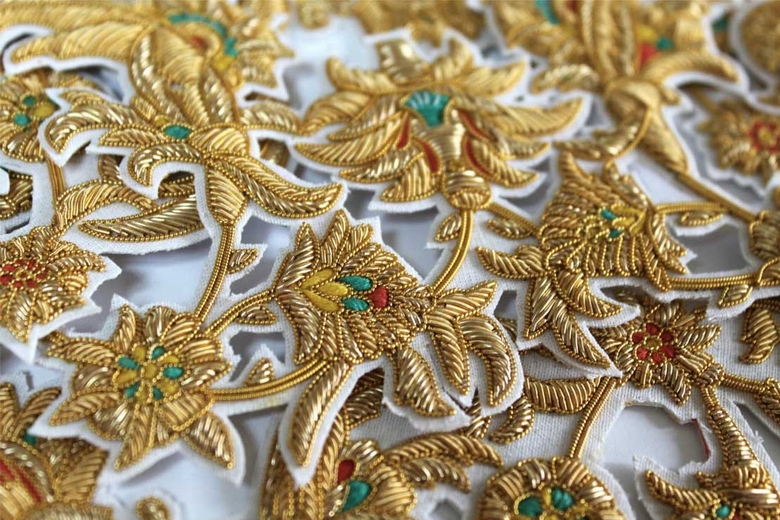
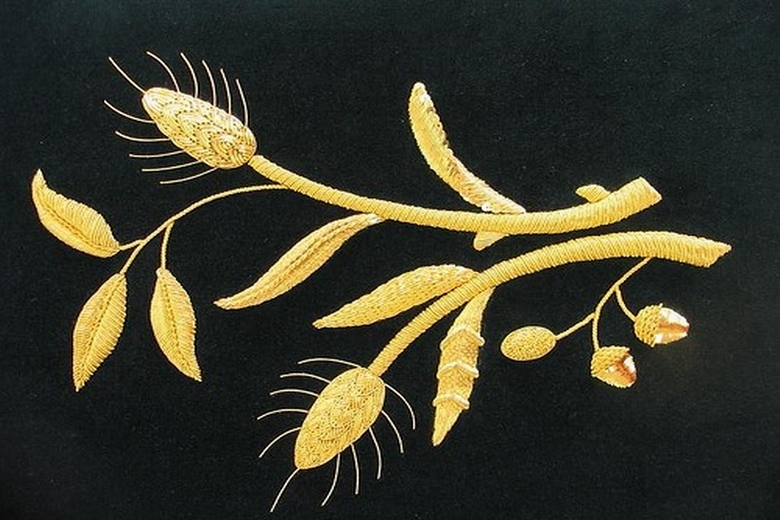
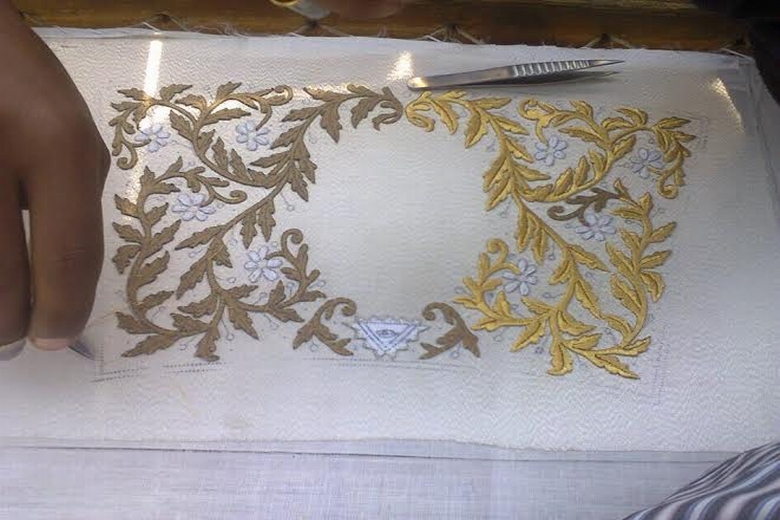
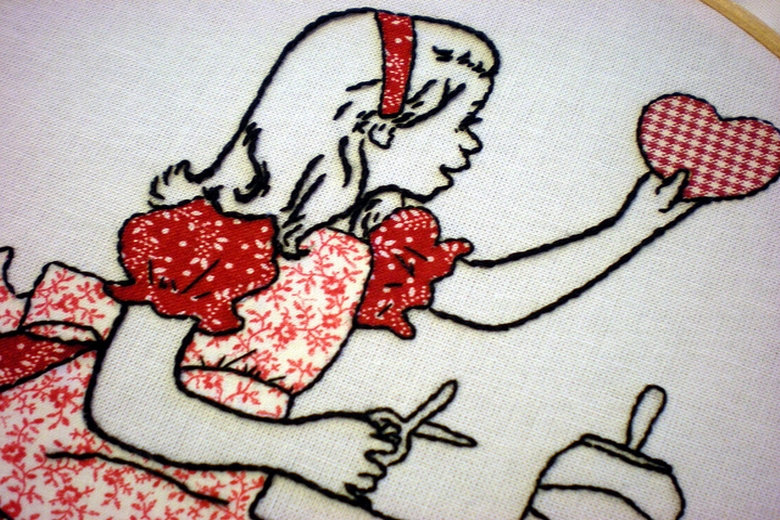
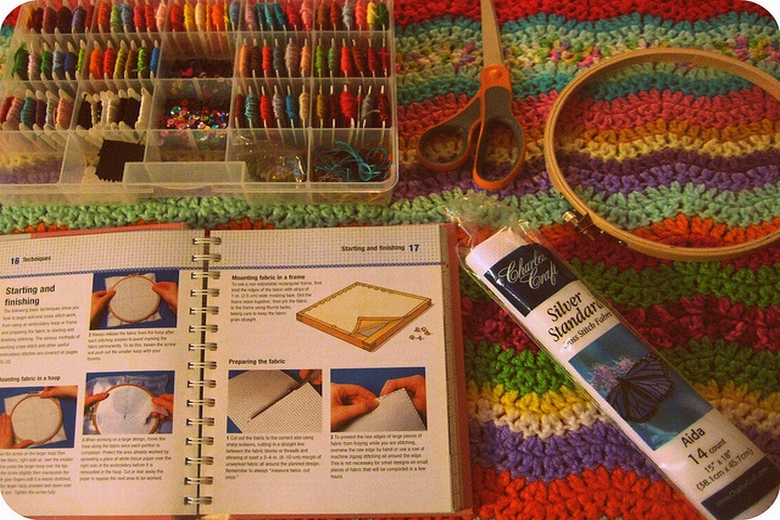
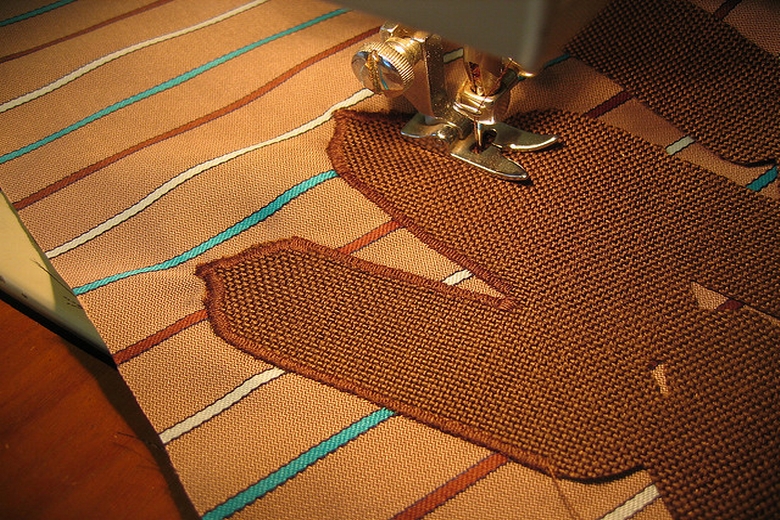
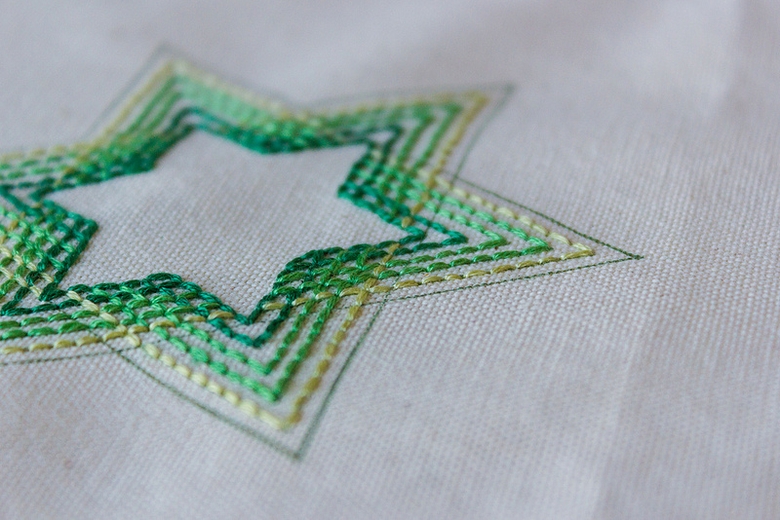
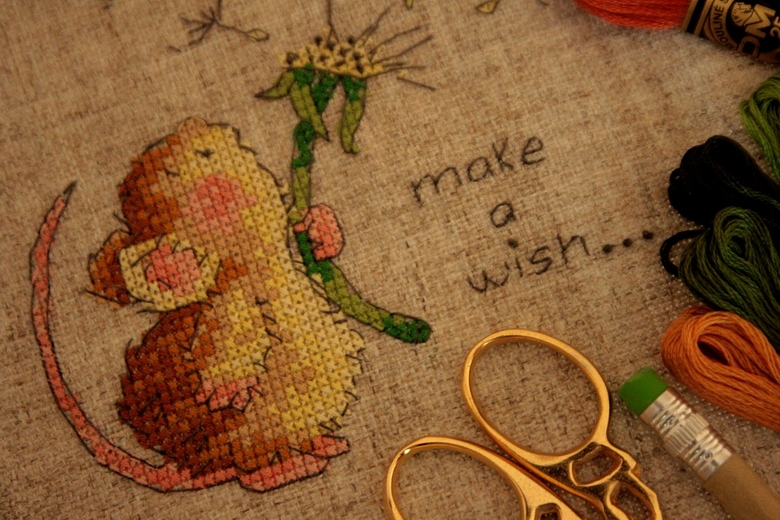

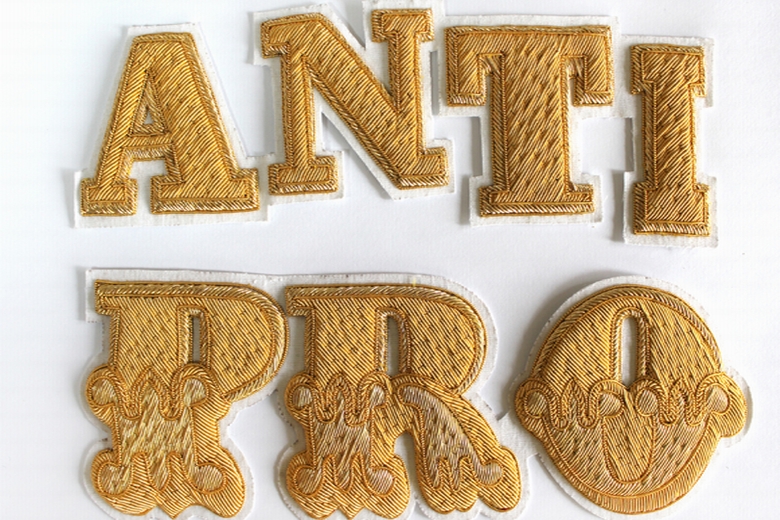
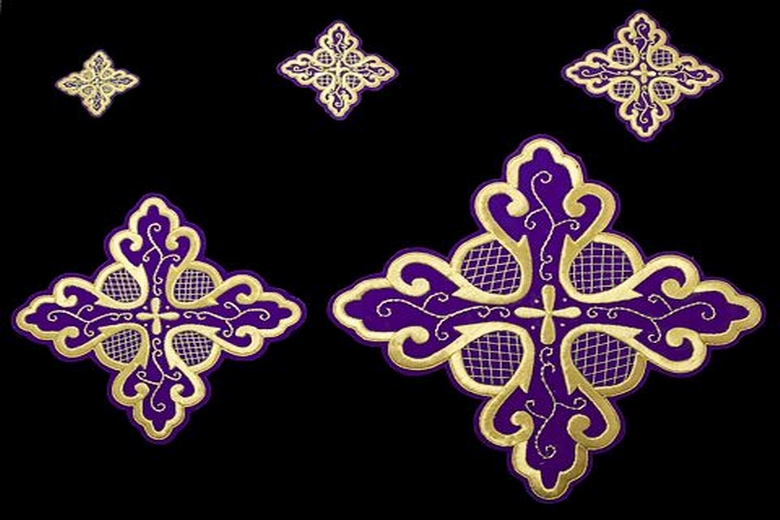

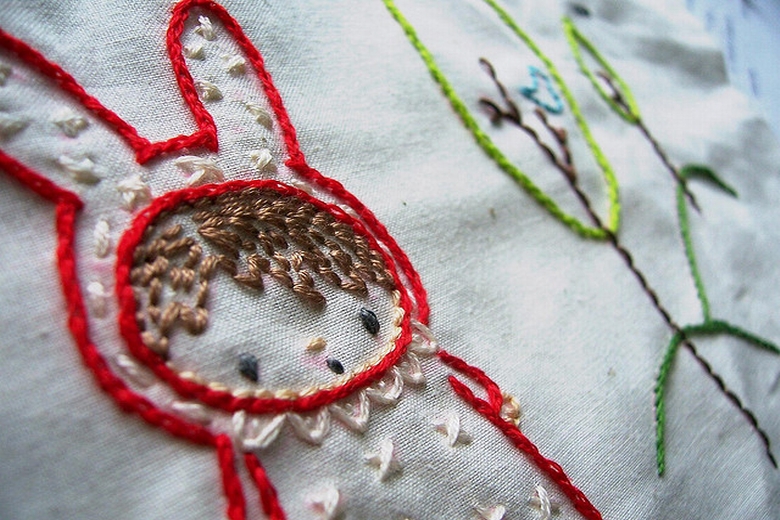






Comments
Submit Comment